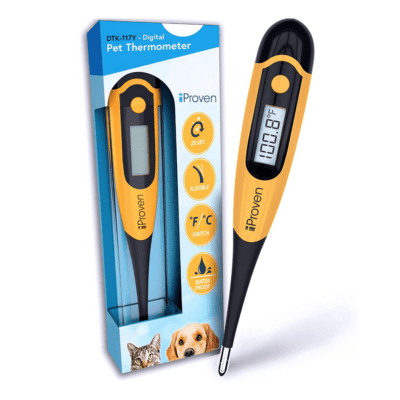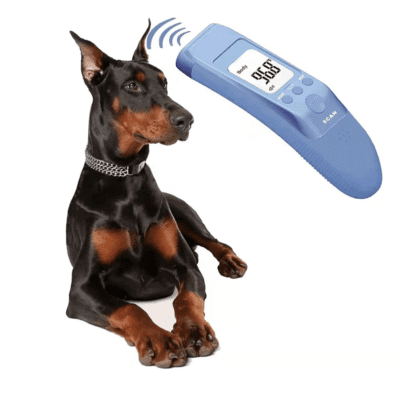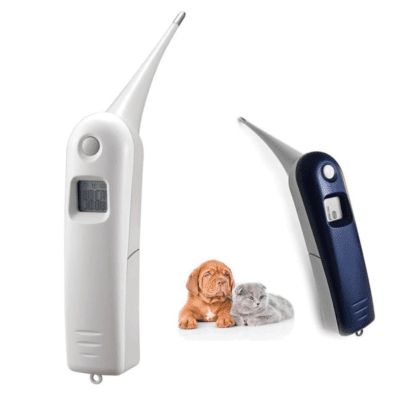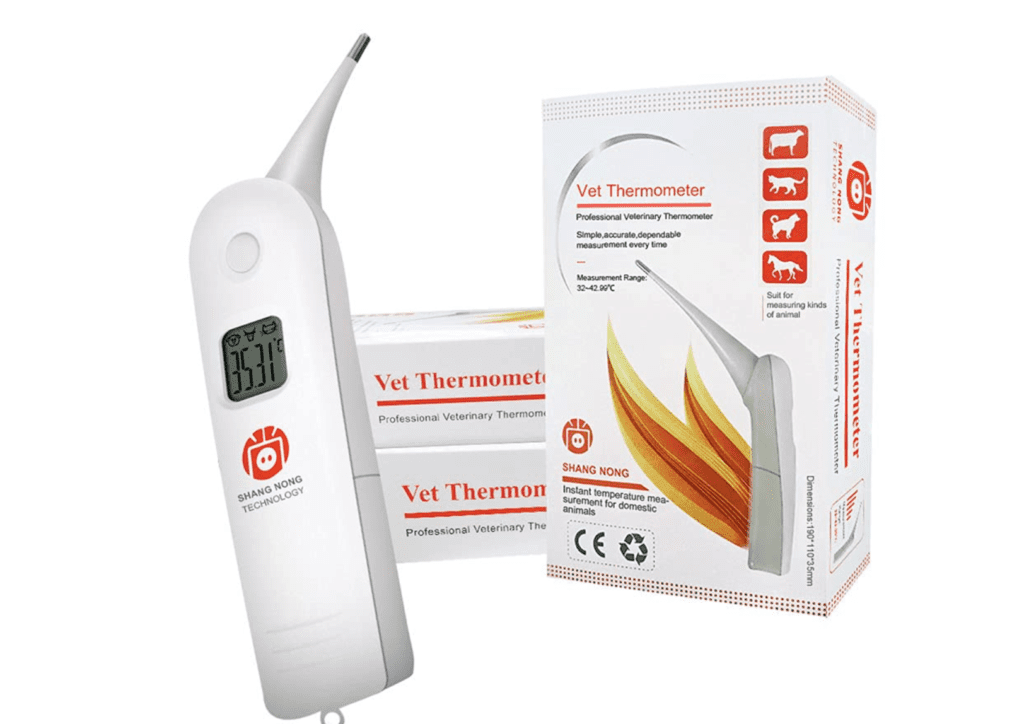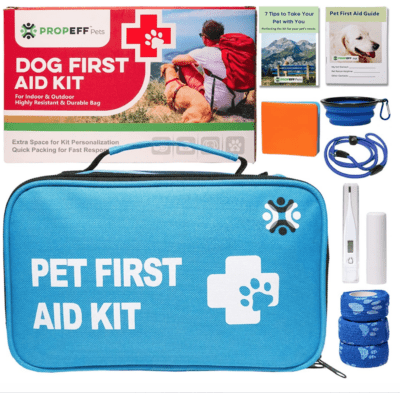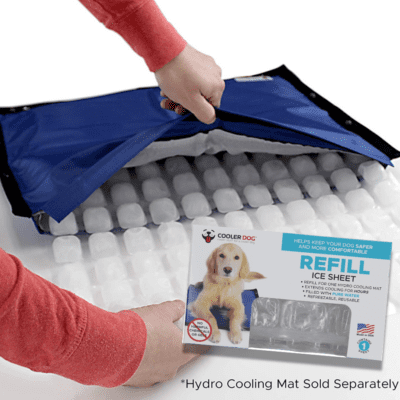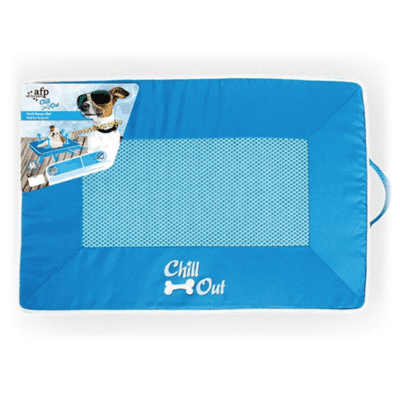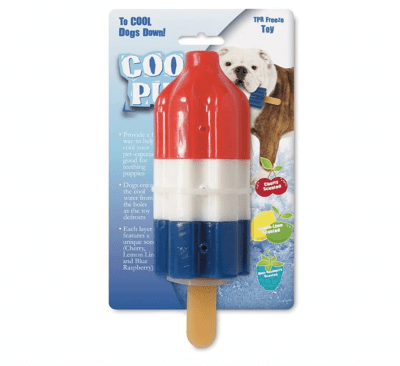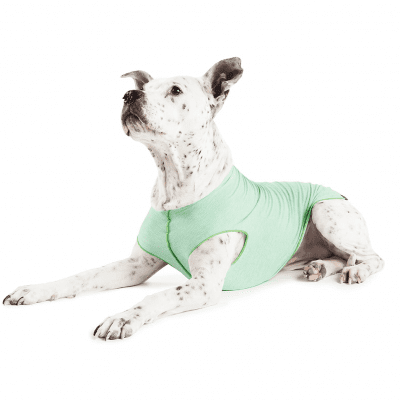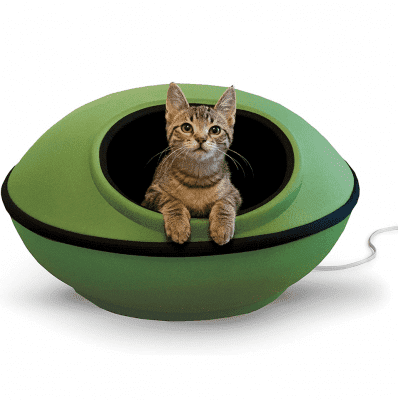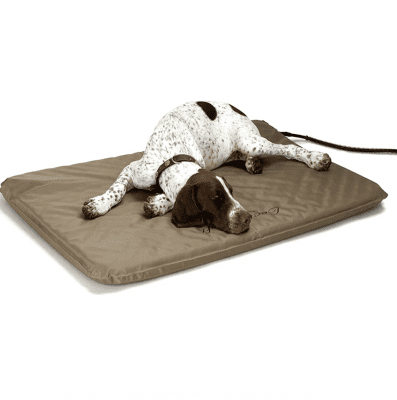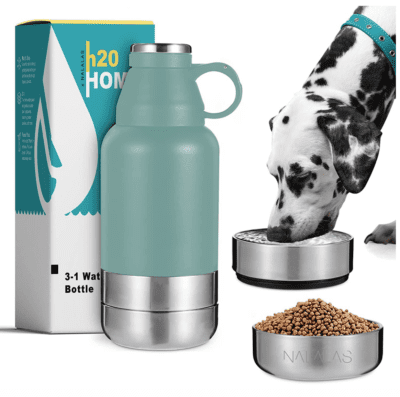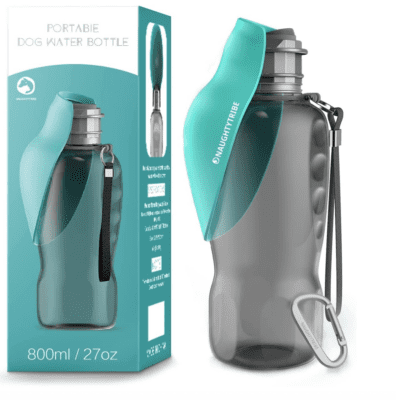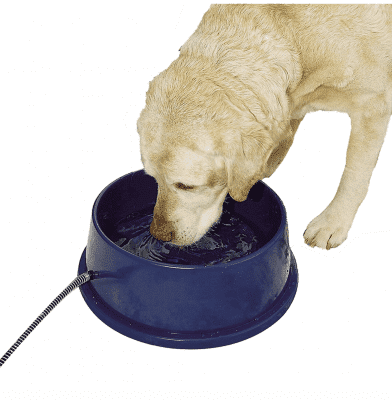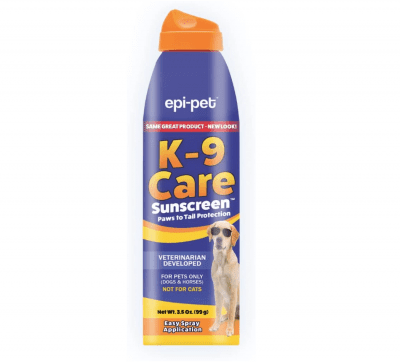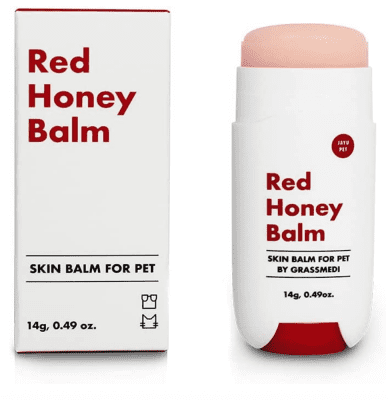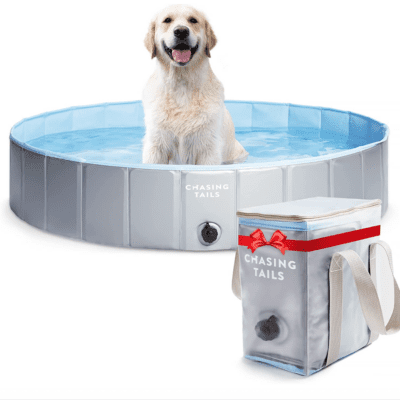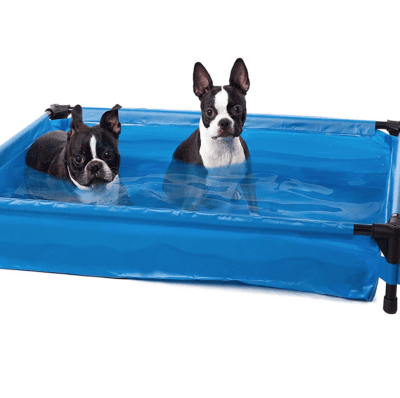Do You Know Your Pet’s Temperature? – Be prepared before your pet is ill
Share
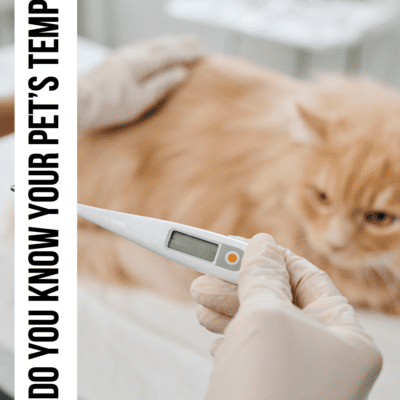
Being a pet parent is one of the most fulfilling things we can do, but it can also be scary. We so often adopt our first pet without digging into the ins and outs of the job. While practice makes perfect with pet ownership, the breed, their personality and where you live will affect what you think you know. We challenged our team to teach us what they know about caring for pets in the summer months to help us all do it a little better.

Note: It is important to note that the Wild Love Tails Team are speaking from experience and not for a clinical point of view. We always recommend that you consult your veterinarian regarding all questions, concerns and any symptoms that you feel fall out of your pet’s ordinary behavior. Follow your gut, it is usually correct.
Let’s Talk Pet Normal Temperatures
Pet experts and veterinarians maintain that a normal temperature for both dog and cats ranges from between 101.0 to 102.5°F (38.3 to 39.2°C). It is always a good idea to know your pet’s baseline temperature on a “normal” day. Save the baseline temp in your phone or jot it down in your pet journal. A normal pet temperature falls into what would be considered a fever for humans, so don’t be concerned when you see a high number.
If your pet’s temperature rises above 104°F (40.0°C) or falls below 99°F (37.2°C), that is cause for concern. We recommend calling your veterinarian immediately if this occurs. Also, pets presenting any of the following symptoms, it could be due to fever including red or glassy-looking eyes, warm ears and/or nose, shivering, panting, runny nose, decreased energy, loss of appetite and coughing.
Let’s Talk Pet Thermometers
Human thermometers, for the most part, are not accurate when used on pets and should only be used emergencies. If you do have to use a human thermometer, choose a non-glass option that can be inserted into your pets anus. Ignore the fever warming signals as your pet’s temperature will be higher than a humans.
It is always a good idea to have a pet thermometer on hand. Add one to our pet’s first aid kit when traveling, especially when you plan to spend time outdoors. When choosing the right pet thermometer, you want to start with a pet thermometer designed to be inserted into your pet’s anus for the most accurate temperature. For skittish pets you may want to choose a contactless pet thermometer which may not provide the most accurate results, but it will indicate a temperature that is different from your baseline. There are a number of pet thermometer options, the key is finding a pet thermometer that works best for your needs. Visit our Pet First Aid Shop to view our complete collection of pet thermometers.
Pet Care Goes Tech!
We are very excited about the newest technology in pet temperature monitoring with the Waggle Dog Safety Temperature & Humidity Monitor. This clever contraption provides continuous monitoring of your pet’s ambient temperature, humidity changes and even the heat Index. It does require a subscription and wifi in exchange for peace of mind when you pet spends a lot of time doing outdoor activities, extended periods of time on the boat or water or outdoor time in extreme temperatures.
Let’s Talk Pet Conduction
Conduction is best described as the way a pet changes their temperature through direct contact with an object. It is your pet’s first instinctive choice to warm up or cool down. Often that object is a cool floor, radiant floor, or spaces warmed by the sun. Older pets, pets with little to no fur or sick pets may have more difficulty with conduction. They might need a little help in the form of a cooling mat, heating pad or even a warming toy. For options in heating and cooling mats, visit our Pet First Aid Shop
Let’s Talk Pet Lounging
Pets don’t just lounge because they are lazy, it is their main defense for keeping their body temp regulated!

Today’s pet cats spend most of their time indoors, which is their best way of staying cool in the summer and warm in the winter. A lounging pet is working hard to regulate their temperature by not exerting any energy!
Let’s Talk Panting & Sweating
Understanding your dog’s pant pattern is always a good idea and allows you to detect changes in the pants. Panting is another of nature’s way for dogs to cool themselves, but interestingly, this method does not work for cats. Don’t be concerned if your dog’s panting seems to be excessive during the heat of the summer, it is natural. On the other hand, pet sweating is a thing and both dogs and cats are capable of sweating, but as a general rule is it not their method of cooling themselves down. Pets also tend only to sweat in spots where there is not fur with a function to cool ears, noses and paws. Cats also create a sweat-like process when they groom themselves by adding their saliva to their skin and this also cools them off.
Let’s Talk Pet Skin & Fur
Most pets have fur, but you may not realize there are different types of pet fur. From double coats to hairless and other in-between. For most pets their fur acts as insulation that slows down the heat absorption process. According to the SPCA, “Robbing your dog or cat of this natural cooling system can lead to discomfort, overheating and other serious dangers like sunburn or skin cancer.” It is not recommended that you shave your pet as a method of trying to keep them cool.
If your pup needs a shave, it is best to do it during the spring and fall when temperatures are more regulated. For hairless of light hair pets, consider a protective shirt to protect their skin from the sun. A sweater during cold weather to help them regulate as well. It is really important for dogs to be protected from the sun with extended exposure. Never use human sunscreen, always choose a sunscreen developed for dogs.
Let’s Talk Pets & Water
Dogs that love to frolic in the water are not always doing it just because they love it. They are using convection to cool themselves down. Convection is an effective way to cool your pet down whether it is playing in the hose, jumping in the pool or frolicking in and out of the lake or river. This cooling process will work for your cat at well, but they are not water fans, so we suggest it as a last resort.
If you are going to aid your pet in cooling down submerge them in cool but not ice-cold water. DO NOT try to change their body temperature too quickly however can do more harm than good. This is the best way to fight pet heat exhaustion and could save their life. Here is a great article on pet heat exhaustion from Noah’s Ark Veterinarian Hospital.
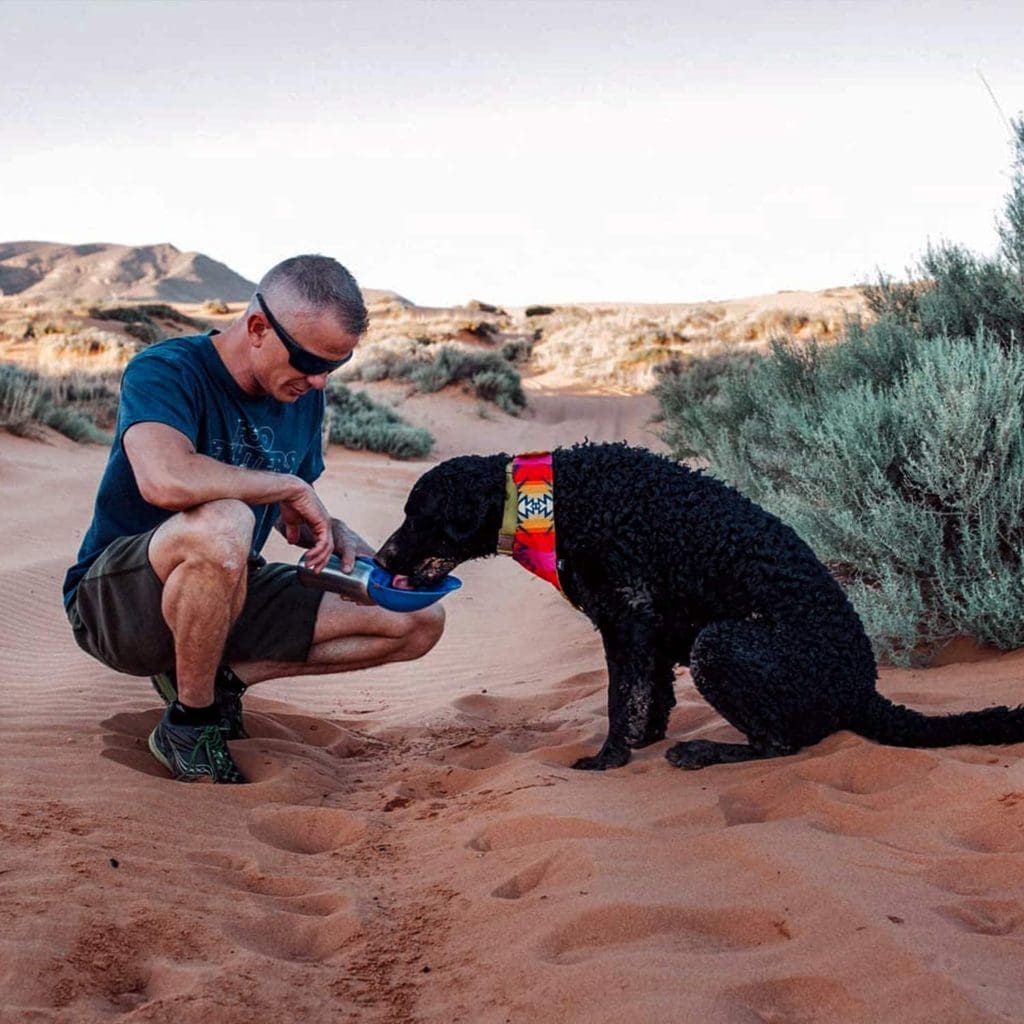
While playing in water is a fabulous way for our pets to cool off, providing them with clean, cool drinking water is also very important. Water will help to maintain a pet’s temperature and keep them hydrated. Warm or room temperature water is still effective if that is all that is available, but cool water is the best. Ice-cold water on the other hand is a poor choice for pets, even if it is refreshing to you. The extreme temperature sends a message to your pet’s body that they are in a freeze situation. They then convert energy into fighting the cold temperatures they think is happening. While ice water will not hurt your pet, it does not accomplish what you think it might. It may actually reduce your pets energy by making their body work to fight what they perceive as a threat. Always provide water when spending time outdoors with your pets. Here are some great choices in portable and travel pet bowls.
Let’s Talk Pet Heatstroke
NEVER, EVER leave a pet in a car during warm, cold or hot days, ok, NEVER, EVER leave your pet in a parked car at any time. Pets can get heatstroke if exposed to extreme heat on hot summer days. In a hot car, a pet’s natural ability to cool themselves down will not work without a way to conduct the heat. The temperature inside the car can change based on the temperature and the sun’s rays. Pets experiencing heatstroke should be immediately taken to a veterinarian or emergency veterinarian hospital.
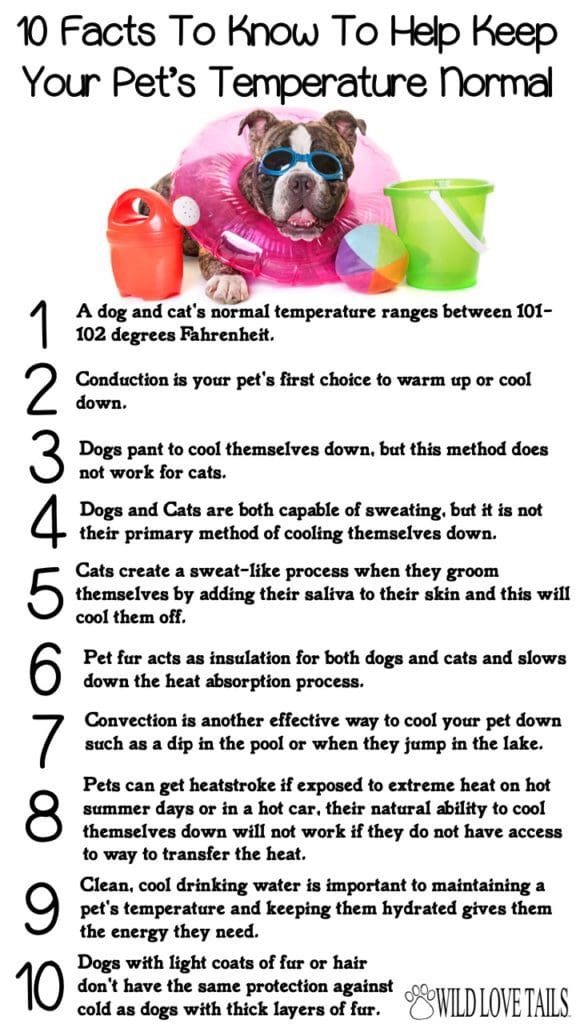
We hope this article encourages you to find out your pet’s baseline temperature and be ready if you ever need to help your pet cool down. Warming up is a little easier to do with a cozy blanket, fireplace or snuggles. Keeping them cool is a much more important endeavor to ensure their body temp stays within the normal range. Pets who run hard, play hard and work hard outdoors need to have exposure to all the tools that help them cool themselves down.
Pets are born instinctively knowing how to regulate their temperatures. When they are exposed to extremely hot days, extensive exercise or cold weather, they might need a little intervention. When you groom your pup to ensure that you don’t remove their ability to regulate their temperature.
If your pet was exposed to extreme heat, walked on hot sand or pavement or presents rough paws or nose due to exposure, don’t forget to treat them as well with pet specific balm.
Here are some of our favorite Pet Care Supplies & Shops:


